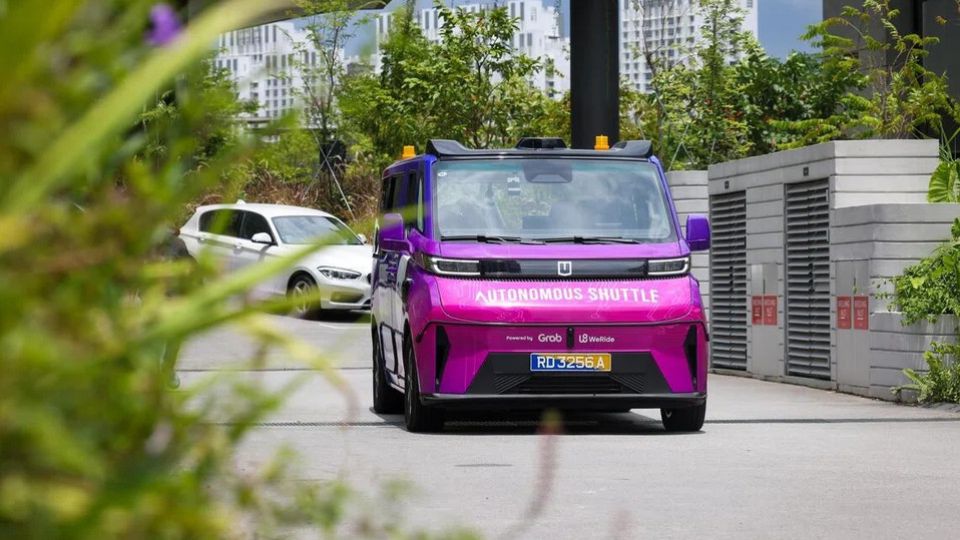October 16, 2025
SINGAPORE – Future generations of public self-driving shuttles here will include accessibility features by design to serve passengers with disabilities, said Senior Minister of State for Transport Sun Xueling.
Self-driving shuttles are currently undergoing autonomous mapping and road familiarisation in Punggol.
About 10 autonomous vehicles – all five-seat vehicles except for an eight-seat bus – are part of the test phase.
Only the larger eight-seat autonomous shuttle buses can accommodate folded wheelchairs, Ms Sun told Parliament on Oct 15. “But in time there will be more of such vehicles.”
Ms Sun was responding to a question by Ms Denise Phua (Jalan Besar GRC) about the accessibility features incorporated into autonomous shuttle services to support wheelchair users, users who are not proficient in English, families with strollers, blind users and deaf people.
Ms Phua also asked whether the Ministry of Transport could adopt a universal design from the outset for public services, so that inclusive features are not added as an afterthought at extra cost or complexity.
Self-driving shuttles are set to carry their first passengers when the first of three routes launches in Punggol in the second quarter of 2026, as part of a phased roll-out.
The routes will cover parts of the town that are harder to reach by public transport today, and could save travellers up to 15 minutes.
Ms Sun said a safety operator on each self-driving shuttle will assist passengers in the initial phase of the deployment of autonomous vehicles, and ambassadors will be on the ground to help passengers with boarding, alighting and journey planning.
She noted that the current fleet of self-driving vehicles procured by MOT are purchased from the market and are smaller, and do not include all the design parameters the ministry would like to have to serve commuters with diverse needs.
She said feedback will be shared with the manufacturers to include accessibility features during the design process.
The authorities will “definitely” adopt a universal design philosophy for autonomous vehicles when more of such vehicles ply the roads, to avoid costlier retrofits.
They will also look into adopting the principle of universal design in infrastructure, such as pick-up and drop-off points or bus stops, she added.

